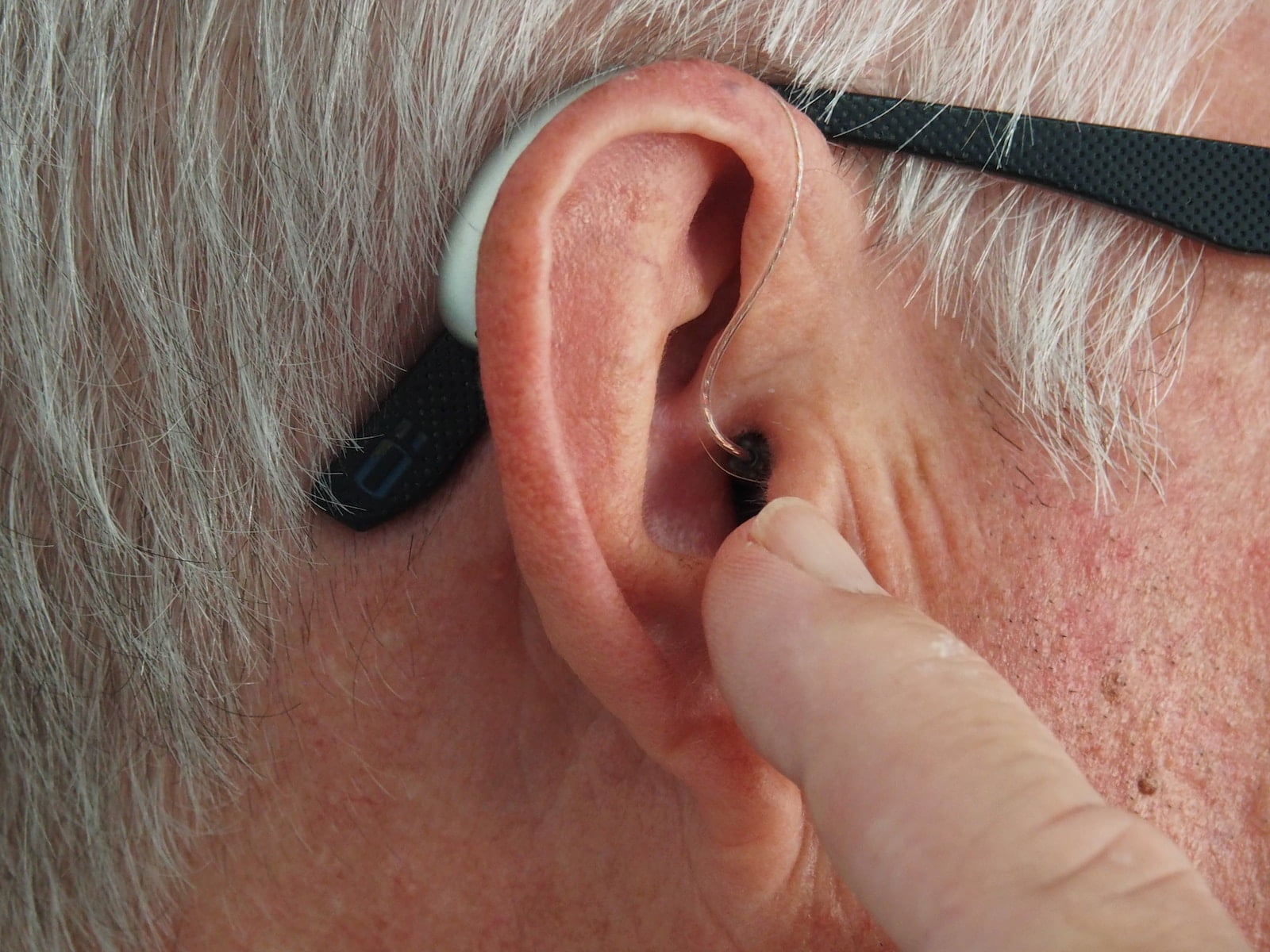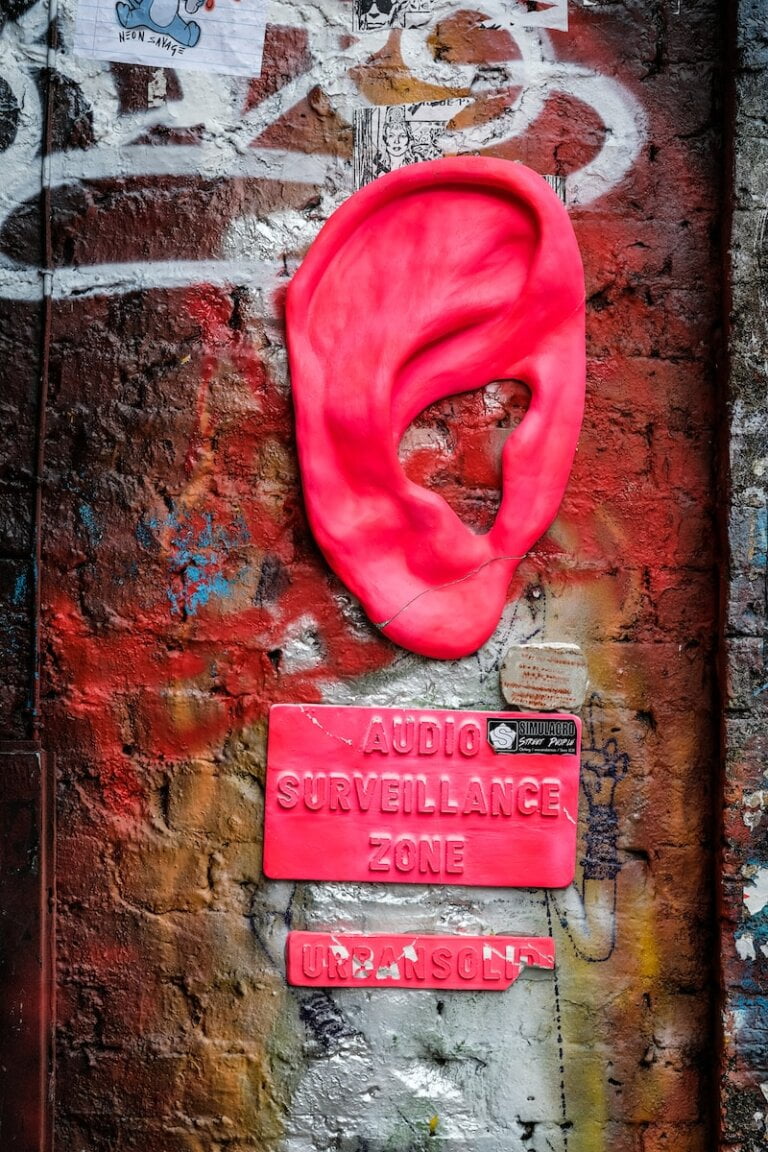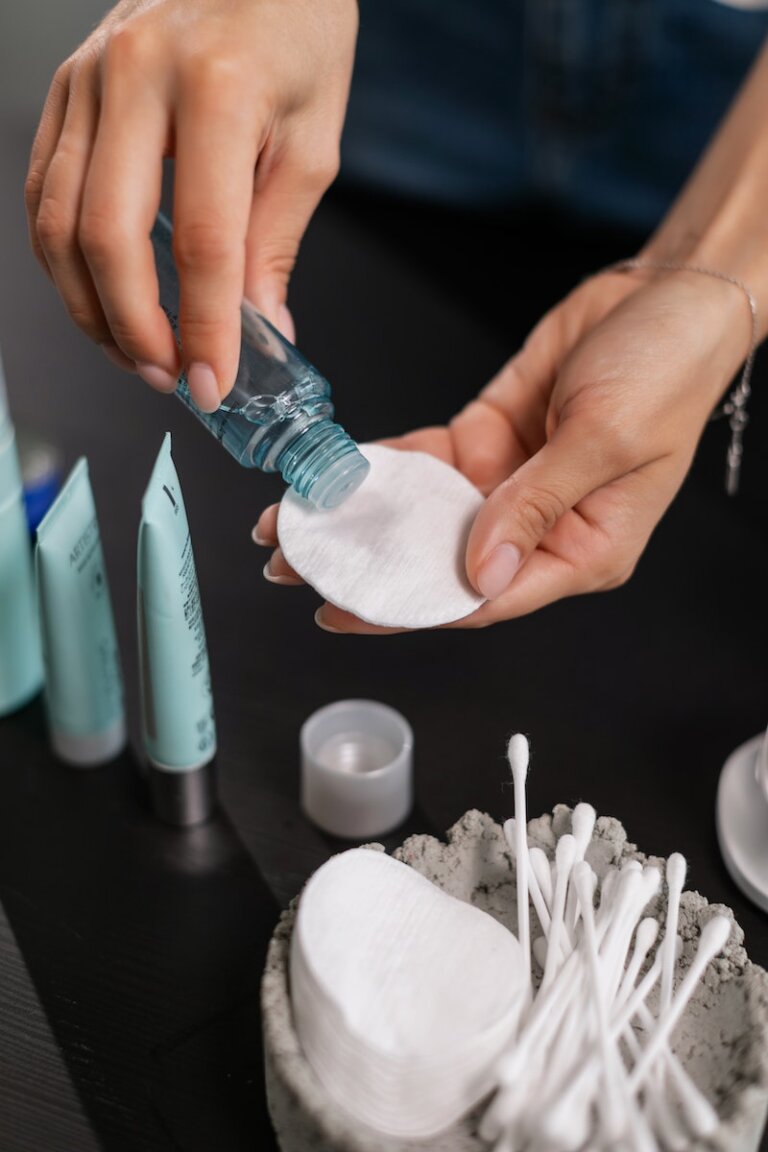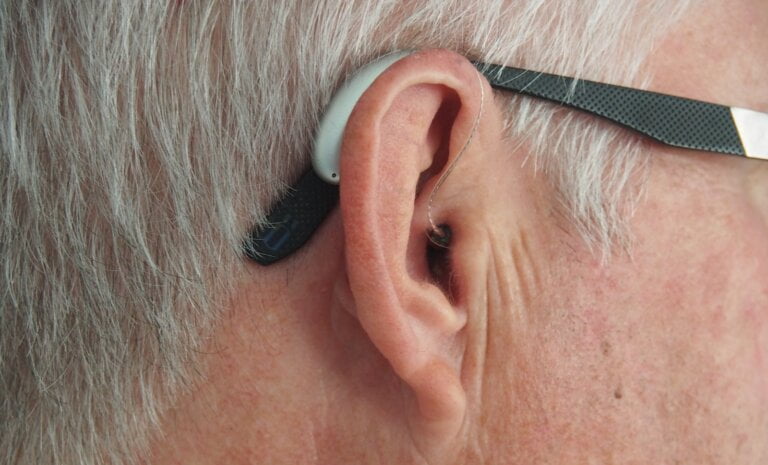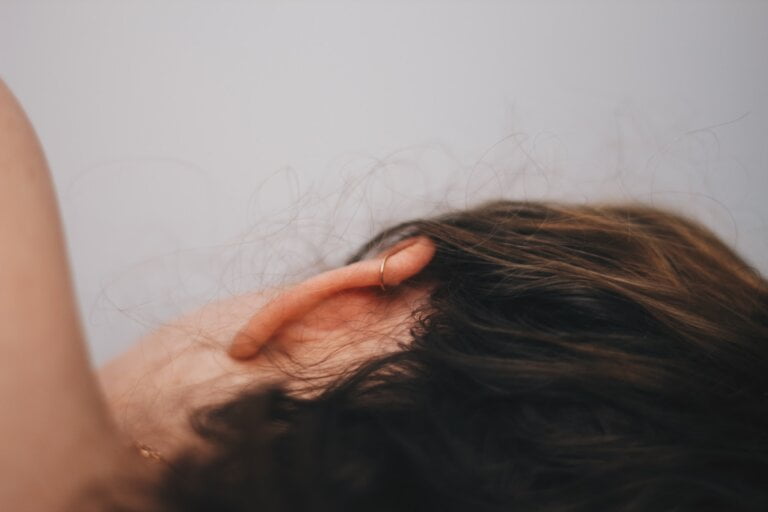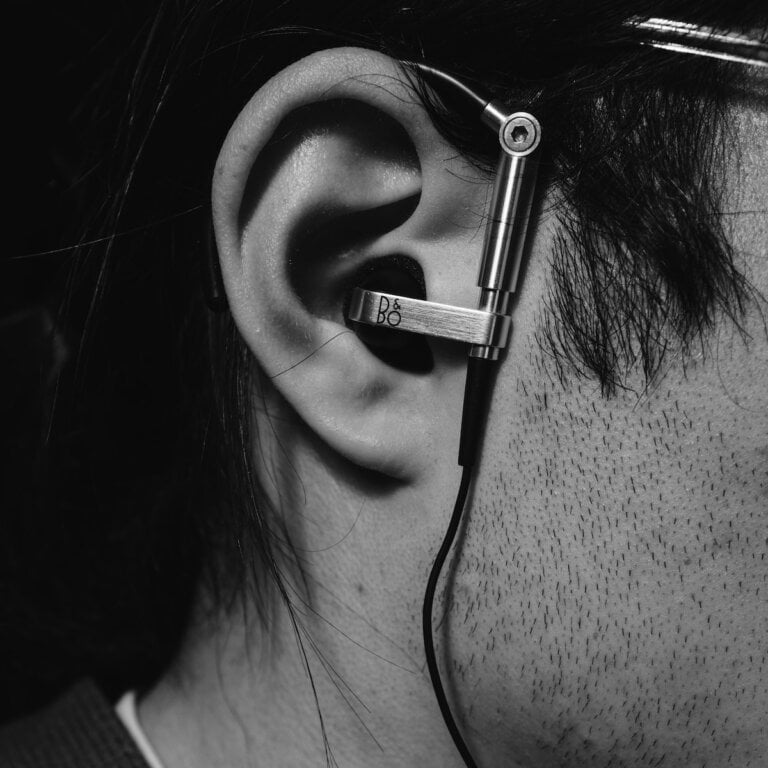Real-life Successful Removal Stories in Manual Instrument Ear Wax Removal
Ear wax, also known as cerumen, is a natural substance produced by the glands in the ear canal. While it serves as a protective mechanism, excessive ear wax buildup can lead to discomfort, hearing loss, and other complications. Manual instrument ear wax removal is a safe and effective method commonly used to address this issue. In this article, we will explore real-life successful removal stories and shed light on the benefits of manual instrument ear wax removal.
The Significance of Manual Instrument Ear Wax Removal
Manual instrument ear wax removal, also known as ear syringing or irrigation, involves the use of specialised tools and techniques to remove excess ear wax. This method is performed by audiologists or ENT specialists, and can provide immediate relief for individuals experiencing wax blockages.
Benefits of Manual Instrument Ear Wax Removal
- Improved Hearing: One of the primary advantages of manual instrument ear wax removal is the restoration of hearing capabilities. Excess ear wax can obstruct sound vibrations, resulting in muffled or reduced hearing. By removing the buildup, individuals can experience a significant improvement in their ability to hear.
- Relief from Discomfort: Excessive ear wax can cause various discomforting symptoms, including earache, fullness in the ear, and itchiness. Manual instrument ear wax removal offers relief from these symptoms, providing a sense of comfort and well-being.
- Prevention of Complications: If left untreated, excessive ear wax can lead to complications such as ear infections, tinnitus (ringing in the ears), and vertigo. Having the excessive wax blockage removed can help prevent these complications.
When ear wax builds up in the ear canal, it can create a physical barrier that prevents sound waves from reaching the eardrum. As a result, individuals may experience hearing loss, tinnitus, vertigo, ear ache, fullness and itchy ears. Once the wax has been removed with manual instrument tool such as jobson horne, rosen hook, crocodile forceps and st barts hook. It will allow sound to pass through the ear canal with no obstructions, which will lead to a significant improvement in hearing and relief from symptoms.
Furthermore, manual instrument ear wax removal helps prevent complications that can arise from excessive wax buildup. If left untreated, the blockage can create a favourable environment for bacterial growth, leading to ear infections. Additionally, the pressure caused by the wax impaction can trigger symptoms of tinnitus and pain. By getting the ear wax removed before these symptoms get bad you can avoid further complications and maintain good ear health.
Real-life Successful Removal Stories
Story 1: Mary’s Journey to Clear Hearing
Mary, a 52-year-old woman, had been experiencing gradual hearing loss and discomfort in her left ear. After visiting an audiologist, she discovered that the cause of her symptoms was excessive ear wax buildup. The audiologist performed a manual instrument ear wax removal procedure, using gentle tools to dislodge and extract the wax. Mary’s hearing improved immediately, and she expressed relief from the discomfort she had been experiencing.
Mary’s experience is not uncommon. Many individuals who undergo manual instrument ear wax removal report immediate improvements in their hearing. Mary’s story serves as a testament to the effectiveness of this method in providing relief for those suffering from excessive ear wax buildup.
Story 2: John’s Battle with Persistent Earwax
John, a 36-year-old man, had a history of recurring earwax blockages. Despite regular cleaning and ear hygiene practices, he constantly experienced a blocked sensation in his ears. After consulting with an audiologist , John opted for manual instrument ear wax removal. The audiologist skilfully removed the wax using specialised instruments, and John’s hearing returned to normal. He now maintains regular appointments to prevent further wax buildup.
John’s story highlights the frustration that can come with persistent earwax issues. Despite practicing good ear hygiene, some individuals are more prone to excessive wax production or blockages. In such cases, manual instrument ear wax removal can be a reliable solution. The instruments used allowed for precise and thorough removal of the wax, providing individuals like John with long-lasting relief.
How Manual Instrument Ear Wax Removal Works
The process of manual instrument ear wax removal involves several steps:
- Assessment: The audiologist examines the ear canal using a specialised magnifying head loupe. This allows them to view the ear canal and the extent of the wax buildup and determine the most suitable approach for removing the wax.
By understanding the extent of the blockage, the audiologist can tailor the procedure to the individual’s specific needs.
- Preparation: Seven days prior to the removal we recommend that you use Earol or Waxsol to soften the wax. We advised that you put the drops into your ears four times a day until the day of your appointment. Using oil prior to your appointment helps soften the wax ensuring that it minimise any discomfort or damage to your canal. This also helps make the process more efficient.
- Instrumentation: The audiologist uses various manual instruments, such as jobson horns and crocodile forceps, to carefully extract the ear wax. These tools are designed to be gentle and safe, minimising the risk of injury to the ear canal or eardrum and allow the audiologist to precisely manipulation and extraction of the wax without causing harm. The audiologists expertise ensures that the procedure is performed with utmost care and effectiveness.
- Post-Procedure Care: After the wax removal, the healthcare professional may provide instructions for post-procedure care, such as avoiding excessive water exposure to the ears or using ear drops to maintain ear hygiene.
Following the manual instrument ear wax removal procedure, the audiologist may provide guidelines for post-procedure care. This may include advising individuals to avoid exposing their ears to excessive amounts of water, as it can disrupt the balance of the ear canal and the use of ear drops may be recommended to maintain ear hygiene and prevent the buildup of ear wax in the future. These post-procedure care instructions aim to prevent any potential issues from arising.
Precautions and Considerations
While manual instrument ear wax removal is generally safe and effective, certain precautions should be taken:
- Professional Assistance: It is crucial to seek assistance from a qualified audiologist who is experienced in manual instrument ear wax removal. Any attempt to remove the ear wax at home using improper tools or techniques can lead to complications and injury.
While there are various home remedies and DIY methods suggested for ear wax removal, it is advised to see an audiologist for the safest and most effective results. As we possess the necessary expertise and specialised tools required for manual instrument ear wax removal and being able to remove the wax in the safest way possible. Attempting to remove ear wax at home, especially using improper tools or techniques, can be harmful and potentially result in injury or damaging your eardrum. Therefore, it is always recommended to consult an audiologist for ear wax removal.
- Individual Differences: Everyones ears are different, no ones ears are the same with their ear anatomy and wax production. What works for one person may not work for another. Therefore, it is essential to consult an audiologist who can tailor the removal procedure to your specific needs.
It is important to note that every individual’s ear anatomy and wax production can differ. This means that what works effectively for one person may not give the same results for another. Consulting an audiologist experienced in manual instrument ear wax removal allows for us to change our approach to your ears needs.
Conclusion
By sharing real-life success stories, we hope to shed light on the positive outcomes individuals have experienced through manual instrument ear wax removal. These stories highlight the effectiveness and benefits of manual instrument ear wax removal. This procedure offers relief from discomfort, improves hearing, and prevents symptoms that are associated with excessive ear wax buildup. It is very important to see an experienced audiologist for the removal of the wax blockages and following any post removal advices that is given, you can enjoy wax free ears and good ear health.
FAQ
1. What are the benefits of manual instrument ear wax removal?
Manual instrument ear wax removal offers improved hearing, relief from discomfort, and prevention of complications associated with excessive ear wax buildup.
2. How does manual instrument ear wax removal work?
The process involves assessment, preparation, instrumentation, and post-procedure care. Your audiologist will use specialised tools to safely extract the ear wax.
3. Are there any precautions to consider when undergoing manual instrument ear wax removal?
It is important to seek professional advice and assistance from an audiologist. Everyone’s ear anatomy and wax production is different, therefore it is essential to be able to adjust the procdure to specific needs.

